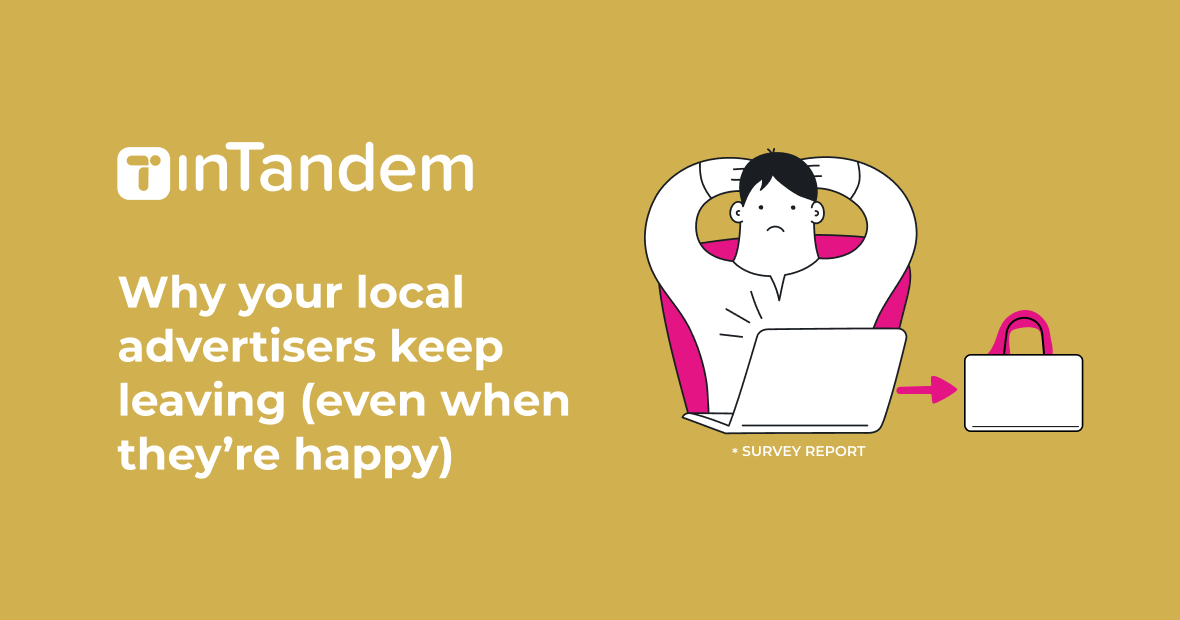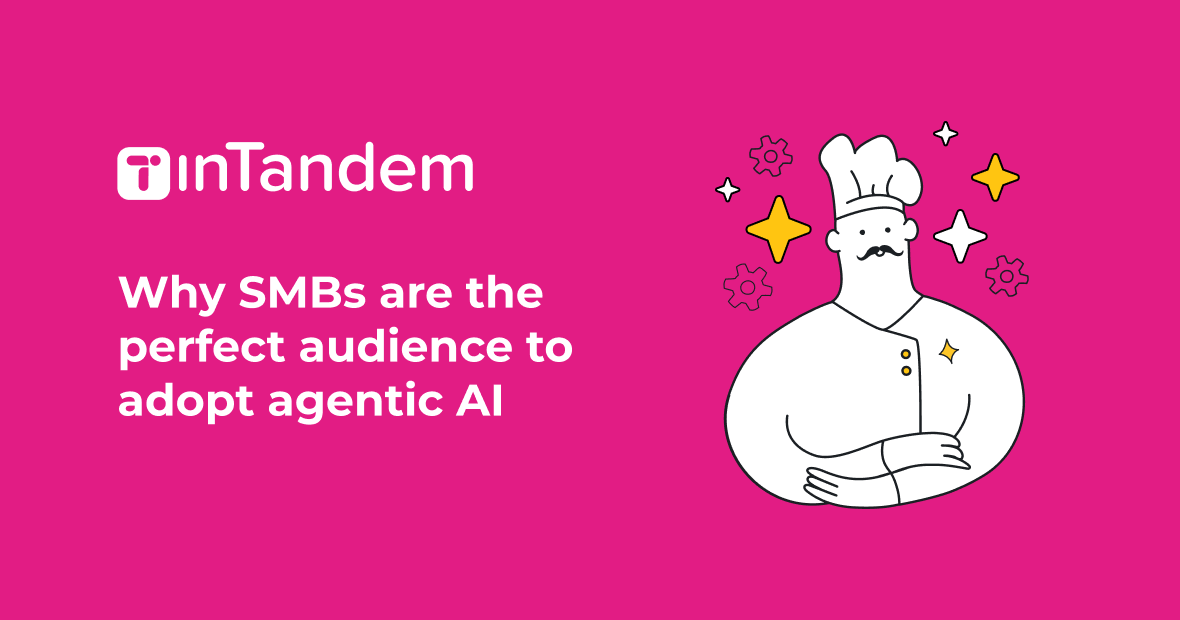The move to cashless business has been in progress for a while, but like so many societal changes, it really took off when COVID-19 hit, with 69% of US retailers seeing contact-free payments spike between January and August 2020. Mastercard reports that more than half of all Americans favor contactless payments today.
A recent study from Square has found that 15% of US businesses no longer rely on cash transactions, while under 30% of transactions today involve cash. Healthcare, fitness, beauty and personal care are the industries least likely to use cash in 2021. And, the number of industries being added to this list are expanding at a rapid rate.
Indeed, especially in the service sector, people want online payments that are fast, easy, and secure – and, in our post-pandemic world, also touch-free. The shift may have been driven by a desire to avoid infection, but now there’s no going back.
Giving your customers what they want is a big plus, but there are also other advantages that SMEs enjoy when they go cashless. Small business leaders have discovered that cashless payments are quicker to complete, easier to track, and help them stay on top of their finances.
For banks, cashless interactions are nothing new, but now they have the opportunity to empower small businesses to enjoy the same benefits. As small businesses reap the advantages of cashless transactions, banks will also gain from the overall growth in revenue and profitability that SMEs will enjoy.
Banks also benefit from transactions being deposited nearly instantly, while better visibility into business cash flow patterns can help with real time insights, including identifying red flags before any situations turn into liabilities or account churn.
On a macro level, access to data on small business cashless transactions puts banks in a position to gain a deeper understanding of the financial services SMEs need, paving the way for increased share of wallet over time.
Let’s take a deeper look at four key advantages to replacing cash with digital payments.
1. Enhance the customer relationship
When a small business’s billing system is integrated with its service appointment booking engine, each payment can be easily traced back to a specific business engagement with a unique customer.
With this in place, business owners can tap into a whole new stream of data, drilling down into payment history for metrics like how often customers make payments, which discounts they activate, whether they prefer larger payments at longer intervals or smaller, more frequent ones, and more.
By joining the dots between payment information and the broader client context, like projects and service choices, they can deepen their understanding of customer preferences to improve their offering. It’s crucial at a time when 79% of consumers say that personalized service is more important than personalized marketing, and 55% expect customer service reps to know their entire purchase history when they get in touch.
What’s more, with trends moving towards contactless, digital payments like mobile wallets, by accepting these methods, SMEs have the opportunity to show their customers that they’re paying attention to their preferences. In more advanced cashless societies, like the UK, consumers are increasingly leaving their physical wallets at home and using only contactless payment methods. By embracing cashfree payments now, they’ll be ready to build relationships with younger generations who are the more enthusiastic adopters.
2. Remove friction from customer interactions
Digital payments help remove friction from payment interactions with customers, making it quick and easy for them to complete payment in the way that they prefer.
When small businesses require online payment as a prerequisite to booking their services, or when they use automated payment reminder messages after the fact, there’s less awkwardness to their interactions with customers, as they’re able to simply focus on providing clients with valuable services.
They also gain the flexibility to request payment in different formats, like asking for payment upfront or bundling smaller fees together to make it easier for their customers.
Cashfree transactions can take place over the channels that consumers prefer, like sending payment links into emails, text messages, and WhatsApp or Facebook Messenger chats. SMEs can also embed payment widgets anywhere on any website to maximize in chat payment options for their customers.
3. Streamline billing and accounting processes
Once SMEs step away from bills and coins and into the world of digital transactions, they’ll wonder what took them so long. Cashless payments are faster for them and their employees to process, which saves time all around, and when all payment records are in their system, exporting the data for tax reports is a breeze.
For banks, cashless payments are also easier to process and verify. The money reaches the SMEs account sooner, often on the same day or even immediately, which can go a long way towards easing cash flow. The greater speed and security of digital payments helps remove obstacles between small business clients and banking partners, strengthening the SME-banking relationship.
With digital payments, they can automate payment reminders and follow-ups, ensuring that they never forget to send a thank-you message or a receipt or are late replying to a clarification question. SMEs can keep all their payment information in the same digital space, making it simple to send invoices and receipts.
Small business owners can also switch nimbly between different payment formats, like charging for single services, bulk services, or special packages such as discounts, promotions, recurring subscriptions, etc.
4. Improve transparency
With cashfree transactions, small businesses can view breakdowns of every payment and its method, date, amount, etc. in a dashboard, for ease of access and understanding.
This makes it easier to keep their books in order, which in turn helps with income forecasting to be more accurate while remaining ready to respond to audits, apply for loans, and prepare for future growth.
Fraud is significantly less common with digital transactions that leave a payment trail, and so are manual errors like making a mistake when adding up totals or accepting non-legal tender. Banks are constantly concerned about reducing their exposure to the risk of fraud, and small businesses that accept cashless payments also help reassure them and improve their auditing ability.
Online and digital payments offer more transparency for customers, too, which helps increase their trust in businesses at a time when consumer trust in general is low.
Cashfree payments are no-brainer for small businesses
The future of cashless payments is already here. Beyond the value in giving customers the payment methods they desire, SMEs that adopt cash-free payments see other benefits in the form of greater transparency, faster and smoother billing and financial forecasting, the ability to build a richer understanding of customer preferences, and friction-free customer interactions.


























